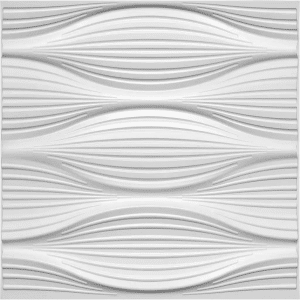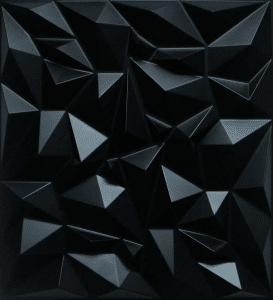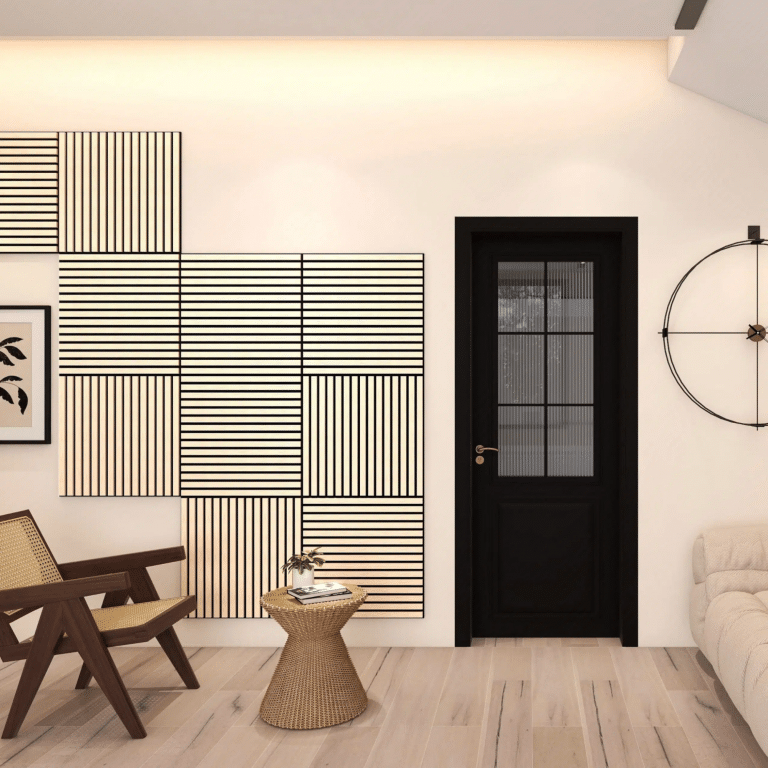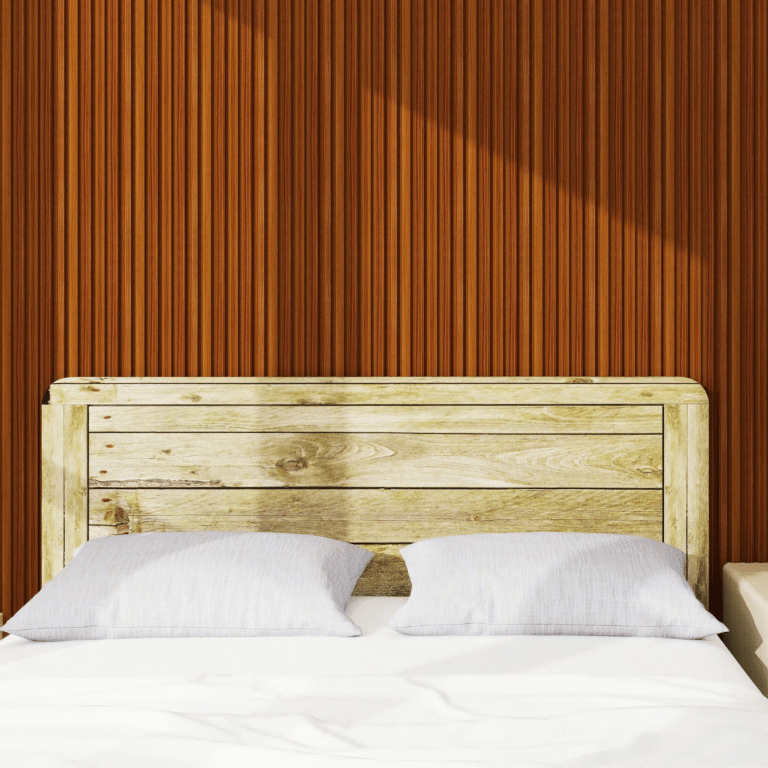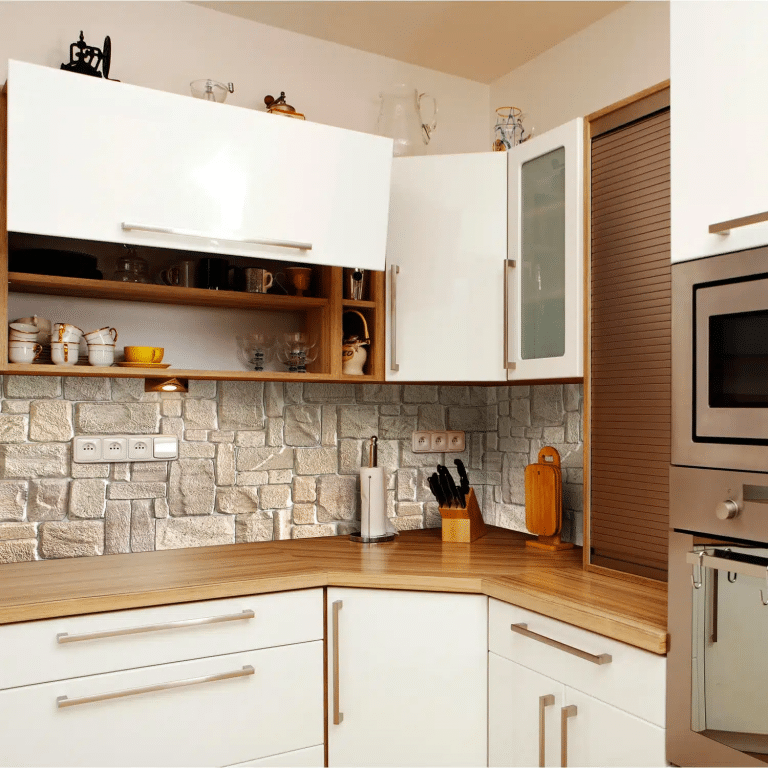No products in the cart.
Home > How to Install 3D Wall Panels: A Step-by-Step Guide
How to Install 3D Wall Panels: A Step-by-Step Guide
- May 15, 2025
- 9:54 pm
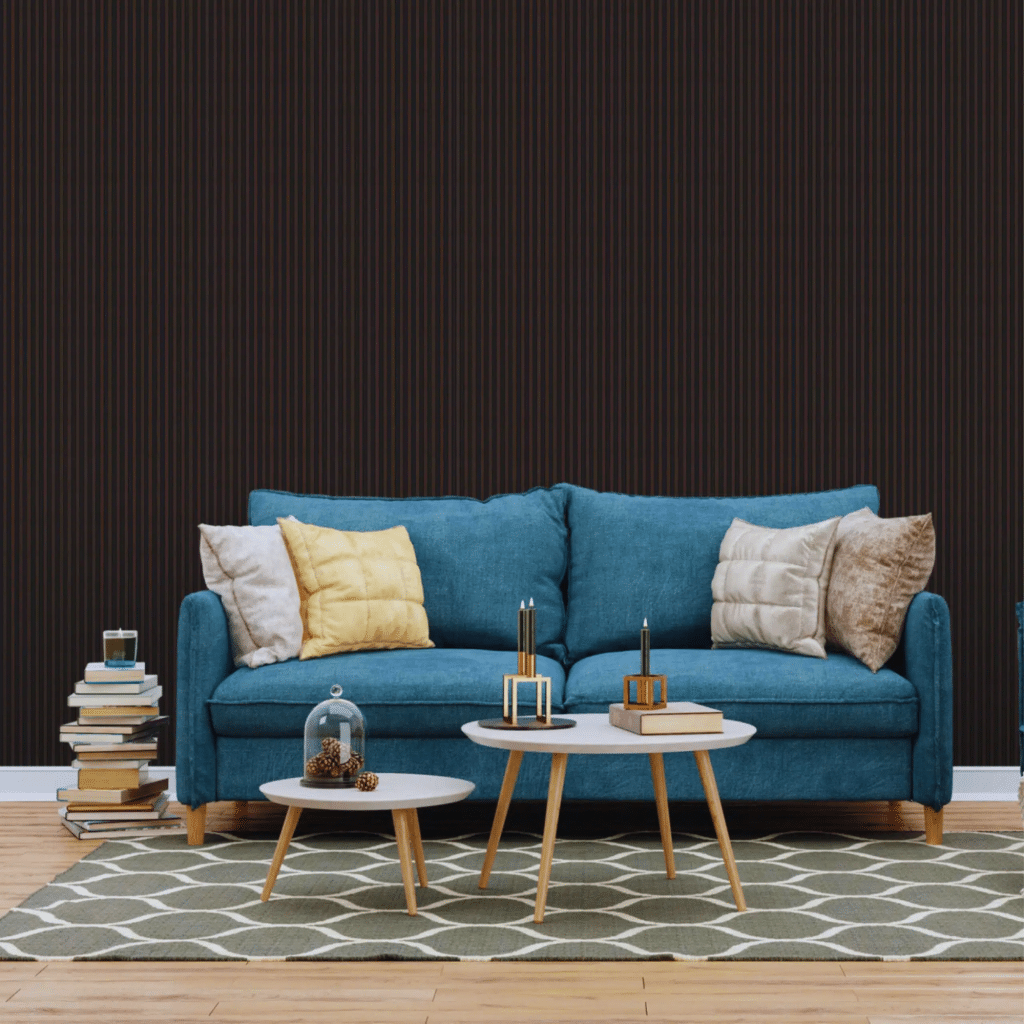
Installing 3D wall panels is one of the most effective ways to transform a flat, uninspiring wall into a textured, eye-catching feature in your home or office. Whether you’re upgrading a bathroom, bedroom, or entire living space, this step-by-step guide will show you how to install 3D wall panels with confidence—no contractor required.
Whether you’re upgrading a bathroom, bedroom, or entire living space, this step-by-step guide will show you how to install peel-and-stick or glue-on 3D wall panels with confidence—no contractor required.
Let’s walk through it.
Why Choose 3D Wall Panels?
3D wall panels add texture, depth, and visual character to plain walls. Beyond their decorative appeal, they can contribute to thermal insulation, reduce sound reverberation, and create purposeful designs for feature walls, accent zones, and more.
Available in various materials like wood, PVC, or MDF, these panels suit nearly any room—from sophisticated living rooms to functional bathrooms. Peel-and-stick and glue-on wall panels make installation easy for DIYers and professionals alike.
|
Interior Design Tip: Highlight natural light. Place 3D panels opposite windows to catch natural light. It enhances shadows and brings your wall texture to life. |
Materials Needed Before You Begin
Here’s a list of essential materials and tools you’ll need for a smooth installation process:
- 3D wall panels (pre-measured)
- Construction adhesive (for glue-on panels)
- Peel-and-stick backing (pre-applied on adhesive panels)
- Measuring tape
- Pencil or chalk
- Level
- Utility knife or fine-tooth saw
- Sandpaper or sanding block (for glue-on walls)
- Caulk or filler
- Wood filler (if using wood panels)
- Clean soft cloth
- Clean rag or brush (for dust and loose paint removal)
- Ladder or step stool (if installing close to the ceiling)
Industrial Wave Paintable White PVC Wall Paneling for Interior Wall Decor
How to Install 3D Wall Panels: Step-by-Step Guide
A successful installation begins with careful preparation, setting a strong foundation for your 3D wall panels. Follow these steps to ensure a lasting and visually appealing result.
Step 1: Prepare the Wall Surface
Before you install 3D wall panels, proper prep is everything.
- Remove any loose paint, wallpaper, or wall debris
- Clean the wall surface with a soft cloth to remove dust, dirt, and oil
- Sand any uneven or textured sections to create a smooth finish
- Patch existing holes or cracks and allow them to dry
- Ensure proper adhesion by wiping the wall down after sanding, removing fine particles
Installation Tip: For bathrooms or high-humidity areas, make sure the wall is completely dry before continuing. |
Step 2: Measure and Mark
Use a measuring tape to map out your installation area.
- Mark guidelines from floor to ceiling to ensure level alignment
- Mark the middle point and base line where your first row of panels will be installed
- Define where full-panel rows will go and where you may need panel cuts near ceilings or corners
- Planning your layout around the most visible section of the wall ensures that any cuts or gaps fall in less noticeable areas
- Once you’ve measured your wall, add 1.5 inches to that measurement before cutting your panel.
- For two-corner connections, add 1.5 inches extra to the panel length. If joining only one corner, add approximately 1 inch.
Planning your layout around the most visible section of the wall ensures that any cuts or gaps fall in less noticeable areas.
Step 3: Dry Fit the Panels
Place panels on the wall to get a sense of spacing.
- Check for any gaps or size inconsistencies
- Adjust layout plan if working around outlets, windows, or architectural features
- This is especially useful for complex geometric or textured designs that require pattern flow or symmetry
- Organize your panels based on the wall size they’ll be covering.
- Each panel should be cut approximately 1 inch larger than the corresponding wall dimension on each side.
- Measure and mark approximately 1 inch on each side and draw a line.
- Using a sharp utility knife, cut a 45-degree angle from the front edge of your panel to the line at the back to make a bevel cut.
- Then smooth the cut edge with sandpaper.
This is especially useful for complex geometric or textured designs that require pattern flow or symmetry.
Step 4: Adhere Panels
For peel-and-stick panels:
- Peel backing and press panel firmly onto the wall
- Work from the bottom up or side-to-side
- Smooth as you go to eliminate bubbles
For glue-on panels:
- Apply adhesive in an S-shape or uniform dabs
- Make a 45-degree bevel cut using a utility knife, from front edge to back guideline. Sand smooth.
- Apply silicone sealant to the back of the panel before attaching to the wall.
- Firmly press panel onto the wall and hold
- Start at the bottom and move upward
Interior Design Tip: Wrap the corners. Extend wall panels around corners or onto adjacent shorter walls to create a continuous, designer-built look that feels intentional. |
Step 5: Align and Secure
As you install each 3D wall panel:
- Use a level frequently to maintain straight lines
- Apply even pressure across the panel to ensure strong bond
- Make small adjustments before the adhesive sets fully
- Hold the installed panel against the wall and measure the next wall section
- Remember to add approximately 1 inch before cutting the next bevel angle
- Apply sealant to each new panel before installing it on the wall
Around corners, trim panels slowly and carefully to size. Some installation methods include finishing trim (inside corner, outside corner, or edge profiles) for a more polished finish.
Step 6: Fill & Finish
Once the panels are fully installed, seal and smooth the look.
- Use filler to mask seams in glue-on or wood panels
- Caulk gaps between panels for a clean, cohesive finish
- Wipe away any excess glue or caulk with a soft cloth
- If painting is needed, use panel-appropriate paint and follow manufacturer’s guidelines
- Apply thin coats and allow proper drying time between layers
If painting is required, follow manufacturer guidelines. Use appropriate paint for the panel material and apply thin coats with drying time in between.
|
Interior Design Tip: Think vertical expansion. Install panels with vertical patterns to draw the eye up. Great for making low ceilings feel taller and lighter. |
Tips for a Professional Finish
For a professional finish, always clean your panels before installation to improve adhesion. Allow construction adhesive to cure fully before applying any pressure or weight to the panels. Keep cuts and seams to corners or less visible areas of the room for a seamless look. For large installations or tricky layouts, consider hiring a professional to ensure flawless execution.
Geometric Diamond Paintable Black PVC Wall Paneling for Interior Wall Decor
Where Can You Install 3D Wall Panels?
Thanks to modern materials and minimal maintenance needs, 3D panels work across a wide range of environments:
- Living Spaces: Add texture behind furniture or on accent walls
- Bedrooms: Create a stylish 3D wall behind headboards
- Bathrooms: Use moisture-resistant panels in dry zones or above waterproof features
- Hallways & Entryways: Add personality without overwhelming narrow spaces
- Ceiling Treatments: Dramatically change the mood of an entire space
With their versatile applications, 3D wall panels can enhance the ambiance of any space, providing both aesthetic appeal and functional benefits.
|
Interior Design Tip: Don’t overdo it—one 3D feature wall is powerful. Let it lead the design while keeping the rest of the space clean and simple. |
Cleaning & Maintenance
Once installed, keeping your 3D wall looking fresh is easy.
- Wipe with a damp cloth or microfiber towel
- Avoid excessive water or scrubbing
- Don’t use abrasive materials that may damage raised texture
- For painted surfaces, use gentle cleaners and spot-test before applying across the panel
- For peel-and-stick surfaces, avoid harsh chemicals
- Gently spot clean painted glue-on panels
Regular maintenance is simple and ensures your panels remain a striking feature, preserving their texture and color over time.
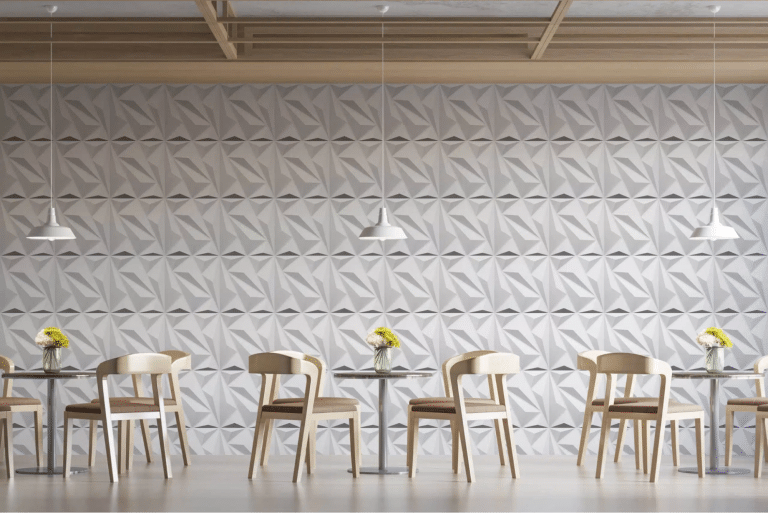
Transform Your Space with 3D Wall Panels
Knowing how to install peel-and-stick or glue-on 3D wall panels is the perfect start for any renovation. With the right materials and methods, anyone can handle this DIY-friendly update.
From bedrooms and bathrooms to entire living areas, our 3D wall panels at Dundee Deco allow you to transform any flat wall into a beautifully designed, artful surface. Master this installation process and bring your vision to life—one panel at a time.
Related Posts
Acoustic 3D Wall Panels for Soundproofing
When it comes to creating a stylish, functional, and quiet interior space, acoustic wall panels offer the perfect combination of …
PVC vs Wood Slat 3D Wall Panels: Pros and Cons
Whether you’re renovating an entire room or upgrading a single focal point, 3D wall panels add depth, texture, and character …
Best 3D Wall Panels for Modern Interiors
Modern interiors thrive on clean lines, textured surfaces, and smart material choices. If you’re looking to enhance plain walls, 3D …
Types of 3D Wall Panels: Materials and Designs
Looking to bring visual interest and texture to your interior spaces? 3D wall panels are an innovative and stylish solution …

